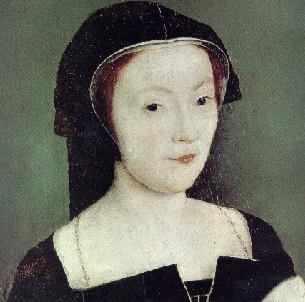|
THE
HISTORY OF LEITH |
|
|
The Lords of the Congregation (ie the Protestant Lords) sent a demand to Leith in was October 1559, it was for the Town of Leith to surrender within twelve hours or the war would start in earnest. This demand of course was ignored. Within Leith were 3000 French Soldiers. Although the Scots army was larger, it was largely undisciplined and didn’t stand much of a chance against a disciplined French army fresh from the wars in Europe. After several skirmishes the French were slowly winning, capturing the Congregation’s Guns on the Calton Hill. Even the ladders used to scale the walls were too short. They captured supplies meant for Edinburgh. The troops of the congregation now imagined that God and heaven was against them and soldiers started to desert. Not only their money to pay the soldiers was starting to run out. John Knox said, The men of war were men without God or honesty”. They had become a rabble and mutiny was threated in the ranks. In their desperation the Lords of the congregation asked England for help and a meeting was held at Berwick and from this came money and supplies. Not only this but by March 1560 the Lords of the Congregation now ordered a General muster before the walls of Leith and by April an English Army under Lord Grey de Wilton marched into Scotland with Sir James Croft as second in command. The English force consisting of 1250 Calvary and 6000 infantry. Their first stop was at Douglas and then at Haddington, but it was at Prestonpans that they met the Scottish leaders and this was one of the most important battles in Scottish History as this was the first time that the Scots and English came together as allies. The Queen who by this time, is said to have left Leith for Edinburgh Castle, was slowly dying. From where she observed the Scottish and English Armies. The French now had about 5000 troops in Leith; where given orders that the town would be defended to the last of their blood and breath” The English encamped at Restalrig and were immediately attacked by the French. Marching across the links, this force took possession of the wooded hill named Hawkhill and a battle ensued for possession of the Hill. The battle went on for several hours and the battered French returned to Leith and the English mounted cannon on Hawkhill. Gradually they took Hermitage Hill and so the English controlled all the high ground facing Leith. After this a truce was called and the French came out and milled about at Restalrig but gradually arguments broke out and a full scale battle started after guns were fired by the French into the faces of the English soldiers. The French were driven back at the cost of one hundred and forty men killed, the English losses were greater due to them being taken by surprise. The next event was a French attack on the English. The French destroying three cannons and putting 600 English to the sword. The war became intense and the very bitter. The Scots and English now met every attack with an equal force and bloody battles were fought across what was to become Leith Links. Into this came more English Troops and a really determined attack was made to capture Leith which failed. However by this time famine was starting to affect Leith as the French couldn’t supply Leith from the sea as it was being blocked by the ships of the English navy under Lord Winter. As the war went on heavy cannon was placed nearer and nearer to Leith. One Gun mount called Mount Falcon just opposite Leith Hospital kepted up a constant bombardment of the Sheriff Brae and Coal Hill along with the English navy. Gradually death worked overtime in Leith, between the constant heavy bombardment and the famine many of the people within Leith were killed. Leith had been turned into a slaughterhouse but the French showed no signs of surrender. Suddenly a fire broke out in the Sheriff Brae and along the west side of Leith and the glare could be seen for miles. This was due to many houses in Leith being timber fronted. The flames could be seen for miles and the English continued pounding the town. To the sad and tearful Maria de Guise the Governor of Edinburgh Castle said Indeed Madam, since it seems beyond the power of man to drive out the beggarly French, God himself is taking the matter in hand” In the next chapter the slaughter continues and defeat stares in the eyes of the French, this is the turning point in British history. Not only is it the end of the Auld Alliance with France and the completion of the Reformation in Scotland. It sees the beginning of the United Kingdom. |
|
|
|
|
